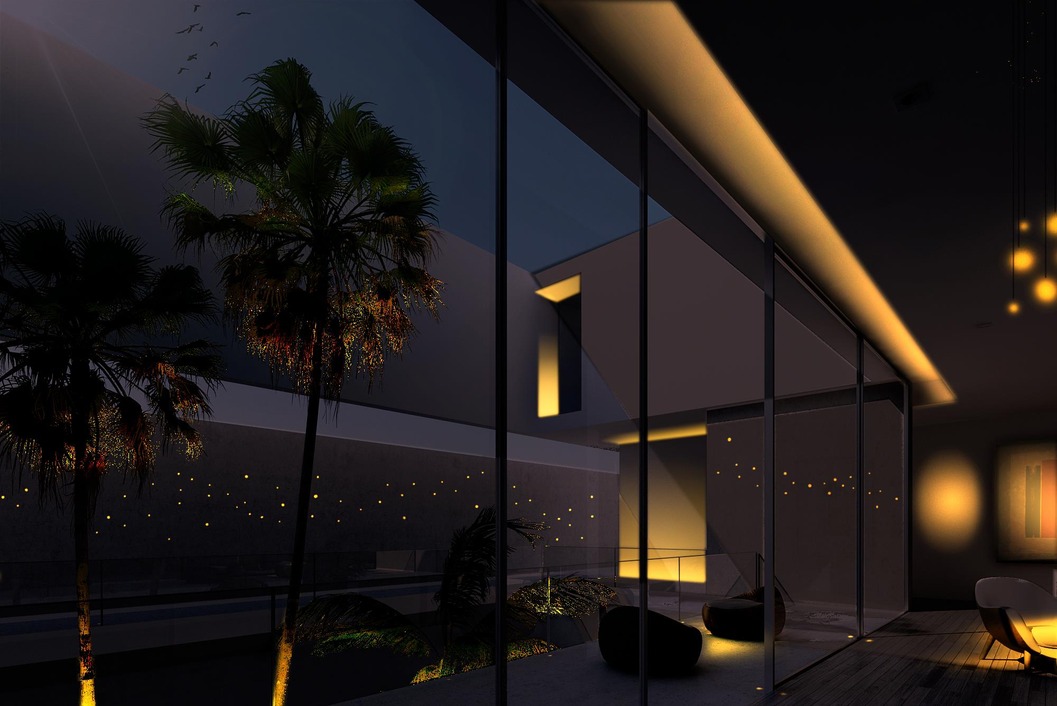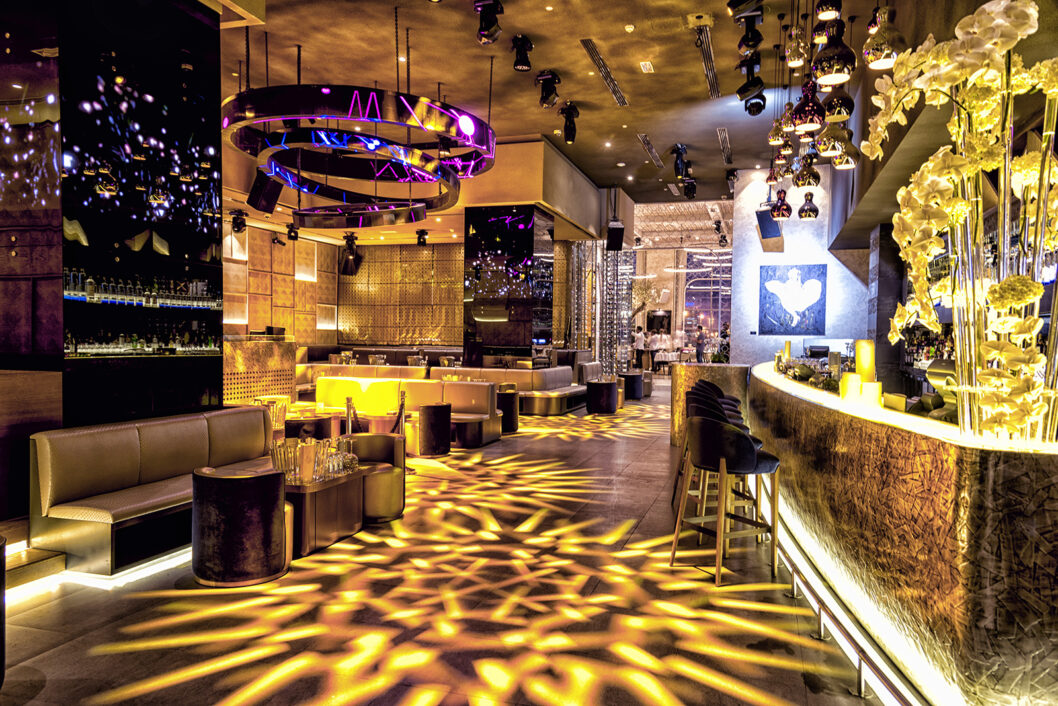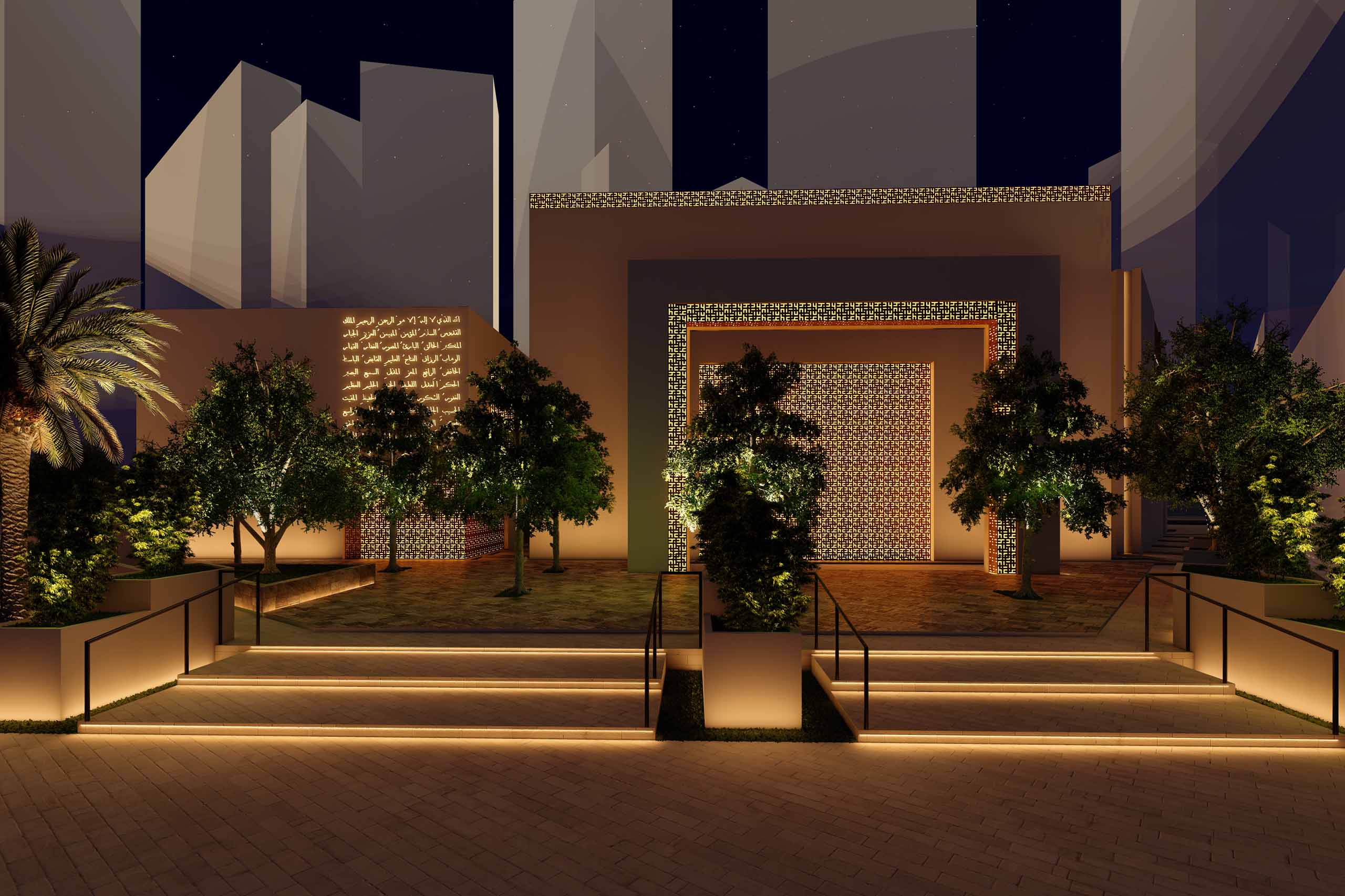What are the four basic elements of lighting design?
Apr 12, 2023
Light.Func takes a deep dive into the key lighting features and approaches that will take your architectural lighting from good to great.
As the construction world grows and develops exponentially, the role of the lighting designer has never been more important. Whether we’re building a home, attending an event, or visiting a new restaurant, we expect more and more from the world around us. The potential impact of lighting on each experience is paramount – and in the commercial world, getting the lighting right to improve the customer experience is a deal-breaker. So, as you embark on any new lighting project, it’s good to be aware of the following elements:
Complement the architectural style
Each architectural style will have its own modern interior and exterior lighting design. Each should optimise the natural light of day and night. Even the most ambitious, creative lighting schemes start with a crucial period of analysis to understand what light the architecture inherently offers, and what lighting the unique features need to enrich and enhance the space. Take our project Juma’a Mosque, for example; see how we’ve used light to highlight the mashrabiya and calligraphy to truly create a wow factor.
Integrate into the environment
Just as an architect will design a building to complement the surrounding city, a lighting designer will consider how the lighting works in the context of its surroundings. What impact do we need to make on the people, nature, and wildlife that use the space? Perhaps, like our lighting scheme for Sharjah Safari, the role of the lighting is in fact to minimise the impact on the environment and support the natural rhythm of the animals and plants that live there. Lighting design must integrate seamlessly to support cultural reference points and enrich the landscape.
Glare control
Good lighting design always supports and enriches the user experience, and eye comfort is crucial. If the glare from lighting is not properly controlled, it can lead to eyestrain and discomfort – not to mention the health and safety risk of poorly-lit stairways, entrances, and exits. Always consider the angle of lighting fixtures and make sure there is no direct exposure of light to people’s eyes.
Positioning of the lights
This will very much depend on the style and functionality of each unique space – but it’s safe to say, positioning is everything! Architecture can spring to life with the concealment of lighting features and design. Stunning schemes are created when lighting is cleverly integrated with the original building. And getting the installation and position right will support ongoing maintenance and the health and safety of those living in and using the space.
Excited about these elements of lighting?
We would love to talk to you about our unique brand of lighting design, and how we can dramatically enhance your lighting design project.
Contact us today:
enquire@lightfunc.org
Tanzania
+255 784 601612
UAE
+971 4 548 6144
UK
+44 7588 573 791




